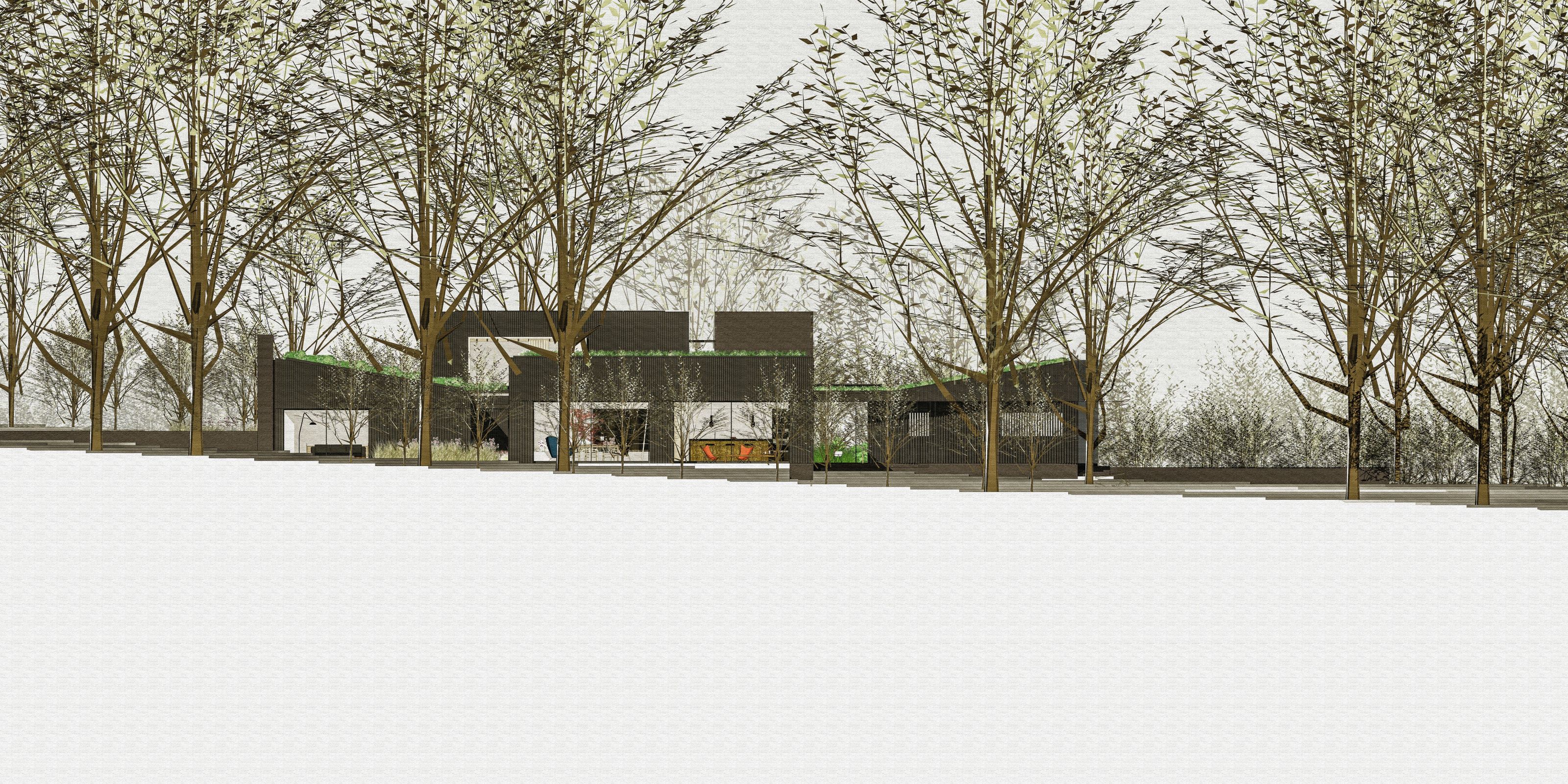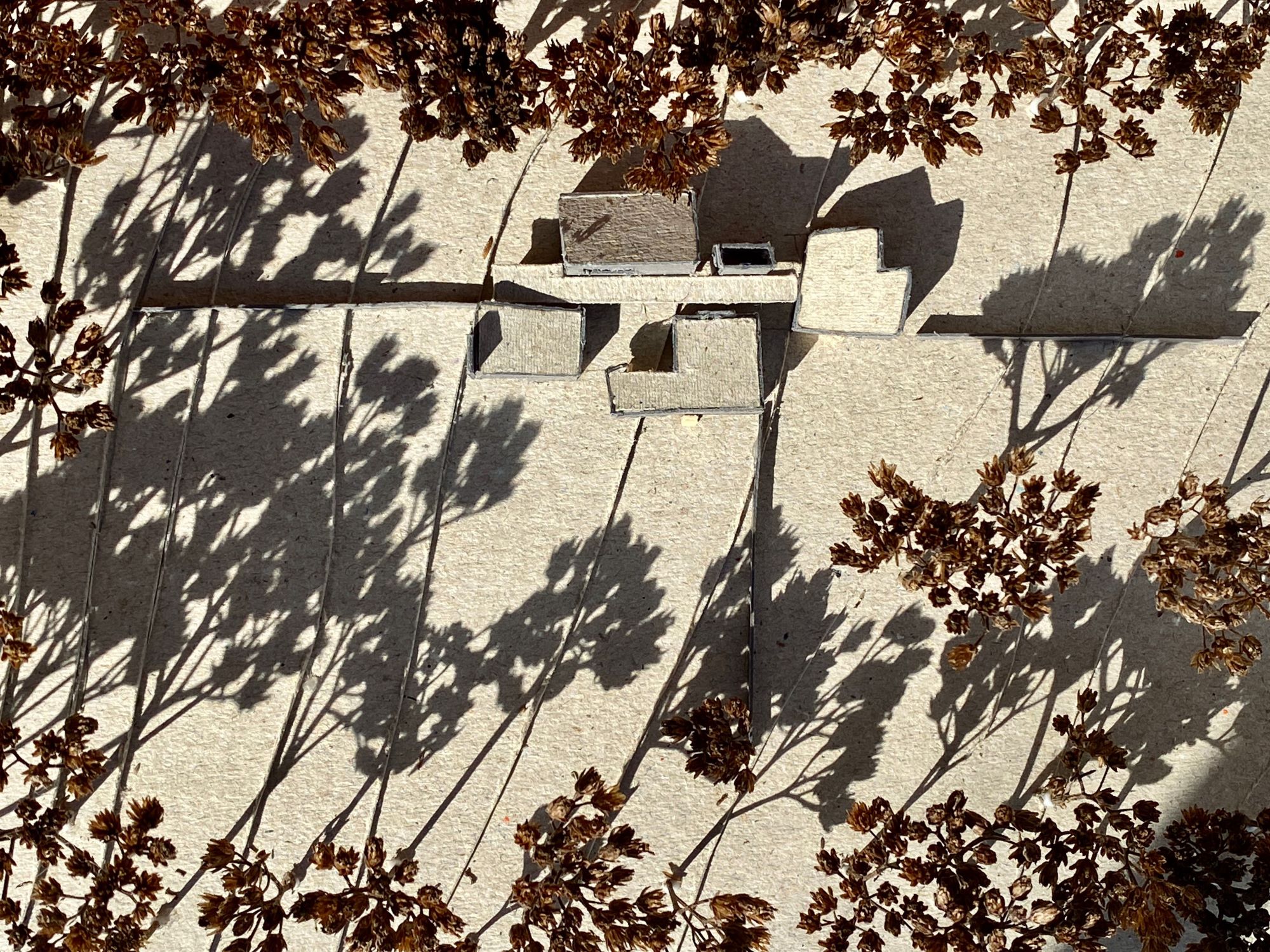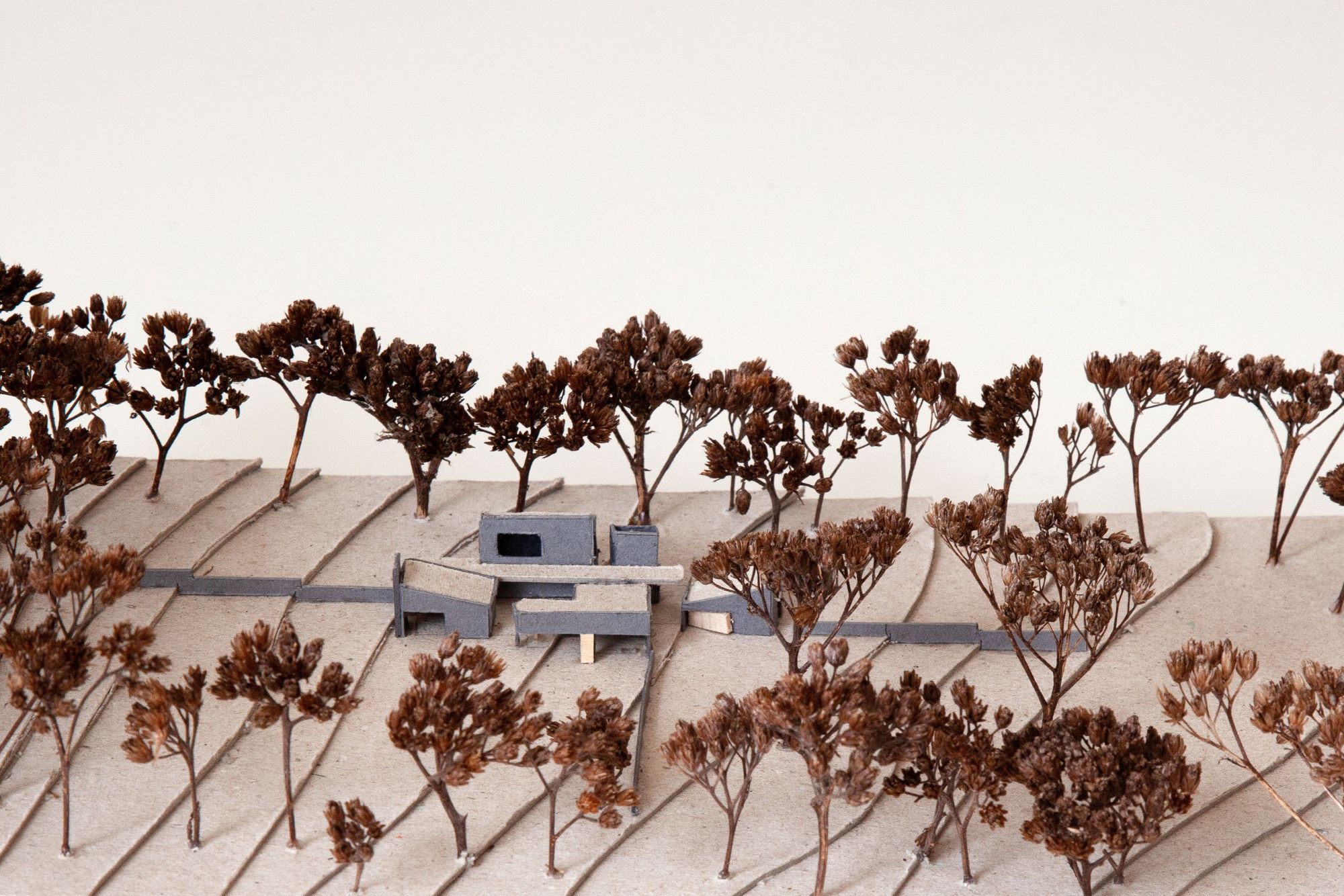Self builder given permission for Passivhaus on greenbelt under Paragraph 80
The plans for the Passivhaus were deemed "standout" and "innovative" meaning it qualified for planning permission under a clause allowing homes to be built if they are "of the highest quality"

Planning permission has been granted for a timber-framed home under a specific clause in the planning regulations.
Central Bedfordshire Council has given permission for a self build Passivhaus to be built under Paragraph 80 of the National Planning Policy Framework (NPPF) in Dagnall, Berkhamsted.
This clause allows individual homes in the countryside to be given permission when they are of high quality and reflect the "highest standards in architecture".
What is Paragraph 80?
"Paragraph 80" or "Para 80" is a specific criterion within the NPPF to allow for homebuilding in green belt areas.
This provision allows for the construction of new isolated homes in rural areas, deviating from the general policies that restrict the development of new homes in such locations. Under section the NPPF (2021) it is stated planning permission may be granted if:
- It is truly outstanding, reflecting the highest standards in architecture, and would help to raise standards of design more generally in rural areas; and...
- Would significantly enhance its immediate setting, and be sensitive to the defining characteristics of the local area.
This policy, formerly known as Paragraph 79, was introduced in 1997 by then Environment Secretary, John Gummer, who said: "An isolated new house in the countryside may also exceptionally be justified if it is clearly of the highest quality, is truly outstanding in terms of its architecture and landscape design, and would significantly enhance its immediate setting and wider surroundings."
Plans are for a Passivhaus clad with charred timber
Located in rural south Bedfordshire, this predominantly single-storey four-bedroom dwelling is designed around a central courtyard, surrounded by woodland.
Get the Homebuilding & Renovating Newsletter
Bring your dream home to life with expert advice, how to guides and design inspiration. Sign up for our newsletter and get two free tickets to a Homebuilding & Renovating Show near you.
The plans include three low-rise walls which will serve as a connecting "corridor" linking the rooms to the courtyard. The design also aims to provide a connection between the building and the landscape.
The façade will be adorned with charred timber, while timber will be used for the frame. Towering trees, some reaching heights of up to 22 meters, will provide as a shield for the low-rise construction.
Architects, Feneley Studio claimed the overarching strategy of the project is focused on preserving the site's inherent natural beauty.
The incorporation of small gardens, terraces, and the introduction of water elements near the house aims to enable manageable gardening projects, and also blend with the environment around the house.

With solar panels, heat pump and living roof system
In the design and access statement, the build is described as of "contemporary design" focused on "high quality and sustainability".
"The proposed dwelling is composed of a small cluster of structures which are mostly single storey, reducing the visual impact on its surroundings. These are finished with mono-pitched roofs, which would be topped with a living roof system helping to blend the proposal into the surrounding landscape," it states.
"Low angular solar panels would be installed on the roof, taking advantage of the south-facing orientation to provide energy and supplementary hot water provision. A proposed ground sourced heat pump will link to an efficient underfloor heating system. The proposed dwelling would be finished with vertical charred timber cladding (Shou sugi ban).
"Slimline aluminium frame windows and glazed panels complete the contemporary style, enhancing the connection between house and garden. The house would be built of a lightweight timber framing system to receive high levels of insulation."

Making its case for the application to be granted under Paragraph 80, it was added: "The fundamental aim of Green Belt Policy is to prevent urban sprawl by keeping land permanently open; the essential characteristics of Green Belt are their openness and permanence.
"Outlined in Paragraph 80 are the circumstances when building a property in an isolated rural area may be relevant. These include a building that would achieve outstanding design criteria, raising the standard of design in the local area, and being sensitive to it. The application proposes a replacement dwelling of exceptional architectural quality which would enhance the immediate setting of the site."
Council grants permission to build on greenbelt
The planning officer in Bedfordshire put forth a recommendation to approve the plans, praising the "high standards of design and sustainability". As a result, it met the planning conditions to be approved under Paragraph 80 of the NPPF.
Granting permission, the delegated officer for Central Bedfordshire Council said: "The proposed dwelling would be sympathetic to the site surroundings and present a high-quality development, incorporating natural materials.
"As such the development would improve the character of the area and the setting of the open countryside and would reinforce local distinctiveness and the outstanding natural beauty of the area."
It added that permission was only granted as long as the materials stated in the plans were used.
This project shows how to get planning approval in areas covered under strict green belt protection by working with the council. The building is expected to be built in late 2024.


News Editor Joseph has previously written for Today’s Media and Chambers & Partners, focusing on news for conveyancers and industry professionals. Joseph has just started his own self build project, building his own home on his family’s farm with planning permission for a timber frame, three-bedroom house in a one-acre field. The foundation work has already begun and he hopes to have the home built in the next year. Prior to this he renovated his family's home as well as doing several DIY projects, including installing a shower, building sheds, and livestock fences and shelters for the farm’s animals. Outside of homebuilding, Joseph loves rugby and has written for Rugby World, the world’s largest rugby magazine.
